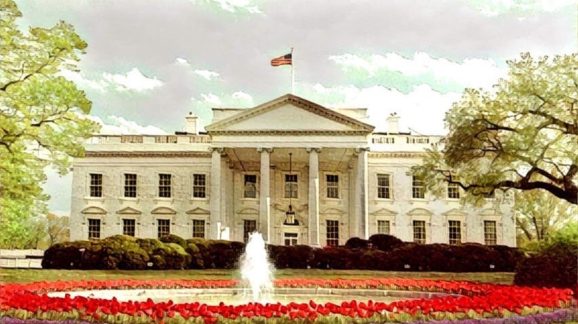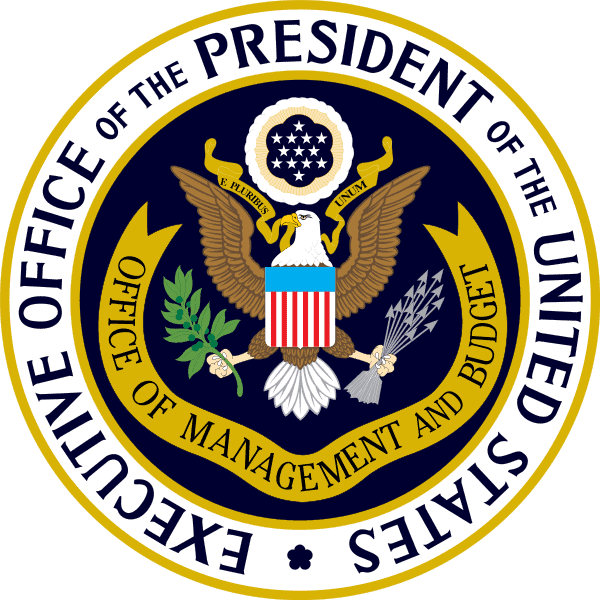Trump Administration Regulatory Agenda Released

 Today the Trump administration released the Spring 2018 edition of the twice-yearly Regulatory Plan and Unified Agenda of Federal Regulatory and Deregulatory Actions, accompanied by a conference call with a senior administration official.
Today the Trump administration released the Spring 2018 edition of the twice-yearly Regulatory Plan and Unified Agenda of Federal Regulatory and Deregulatory Actions, accompanied by a conference call with a senior administration official.
The Unified Agenda, around since the early 1980s, is hardly riveting reading and most people have not heard of it. It has long revealed regulatory priorities of the federal regulatory bureaucracy, however, and Trump’s emphasis on reviewing the inventory for cuts—its new deregulatory character—is unique.
The announcement today is that the administration is on track to meet obligations—basically eliminating at least two significant regulations for every new one added—under Trump’s Executive Order 13771 on Reducing Regulation and Controlling Regulatory Costs.
While a dollar amount for cost savings was provided in 2017 of $8 billion (in present value terms) anticipated for that year, and $10 billion in the current 2018 fiscal year, an update on that figure was not provided today. However, the White House says it is on track have a below-zero regulatory budget. That is, regulatory costs should not be going up, but should stay flat or decline.
Important upgrades to the Unifed Agenda include attempting to better identify duplicative regulatory actions and what’s not working, and also to improve performance at independent agencies—even though these bodies are not bound by the Trump executive order.
Priorities include removing burdens on infrastructure, emerging technology, and small businesses. With respect to public engagement, the official on today’s call stressed goals including more transparency, public notice, and due process in rulemaking.
The fall Unified Agenda is likely to provide more specifics (and for an analysis of the Fall 2017 edition, see “10,000 Commandments”). Note, however, that these are just the executive branch efforts to address the administrative state’s excesses. Congress will need to step in to certify these reforms and add new ones for gains to last.